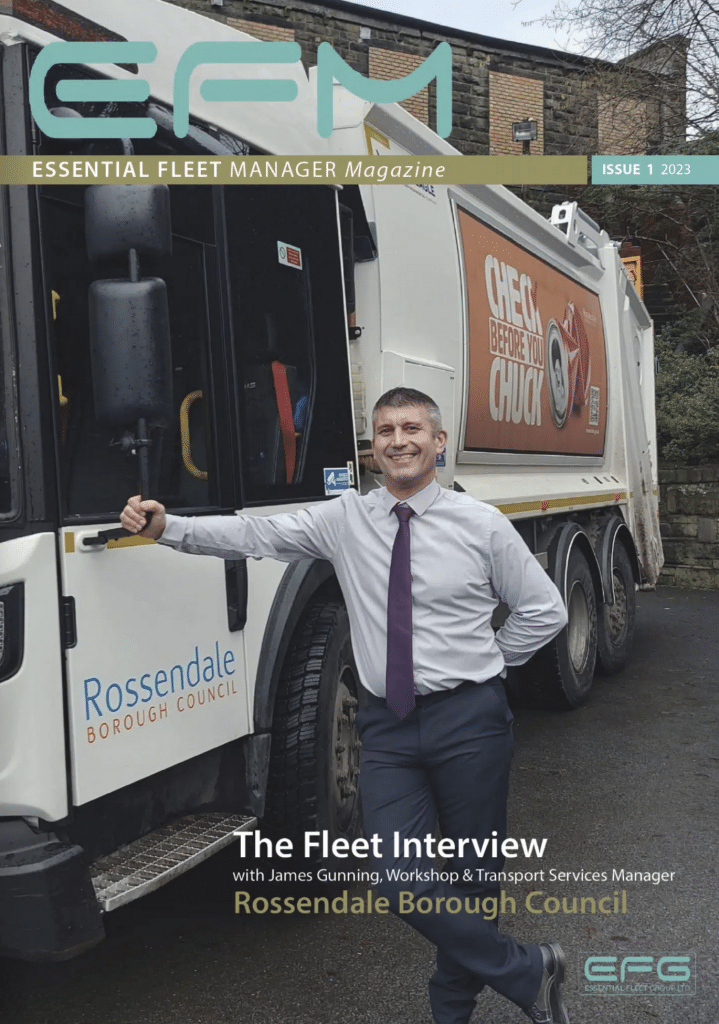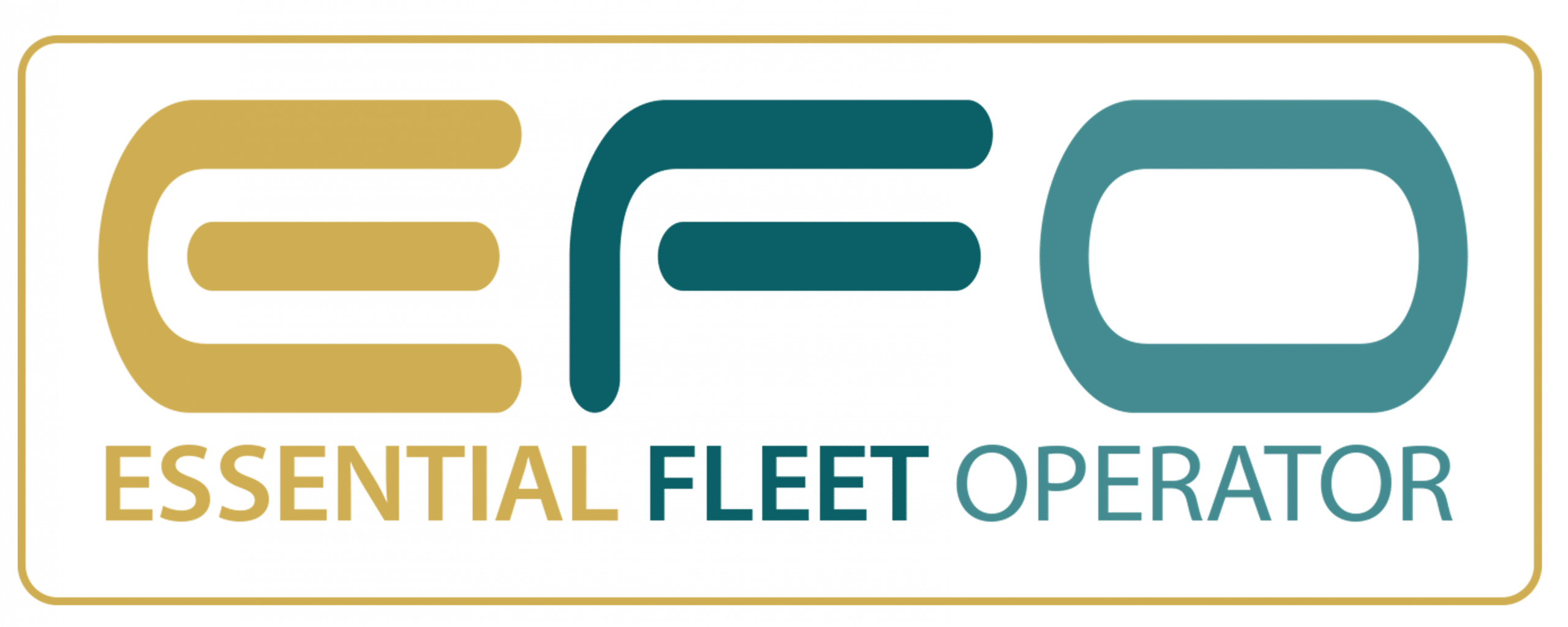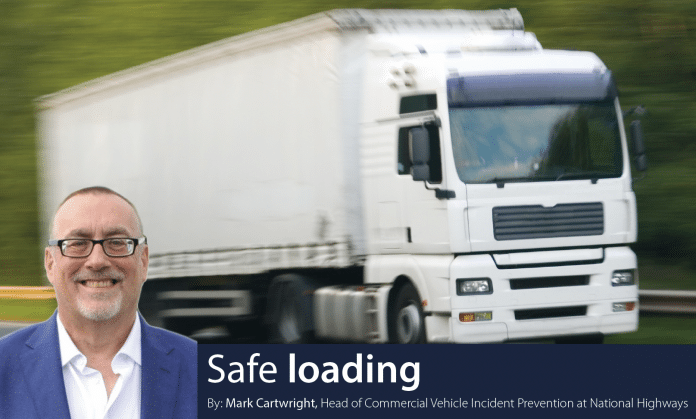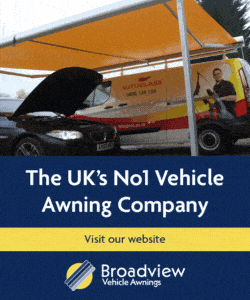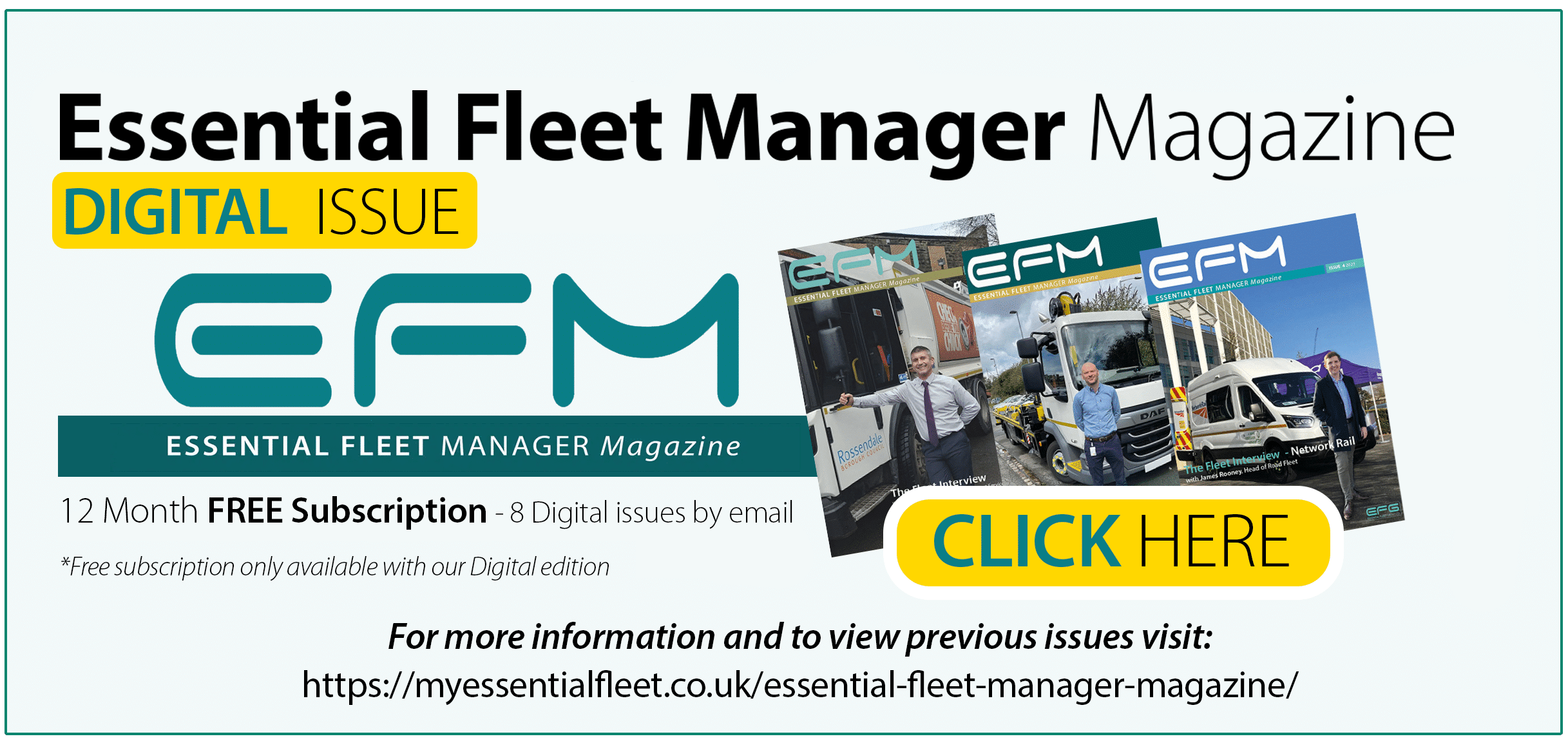By: Mark Cartwright, Head of Commercial Vehicle Incident Prevention at National Highways
Insecure loads are an immediate threat to the road-using public, the driver and the vehicle. Yet very often drivers are left to handle load safety without adequate equipment, instruction or oversight.
The dangers of insecure loads are substantial. Items literally fly off vehicles on the strategic road network. In 2022, there were over 62,000 items left on England arterial routes, including several sheds, mattresses, ratchet straps and loads of timber. As amusing as the idea of a sofa rolling down the motorway seems, it isn’t nearly as funny if it’s suddenly in the path of your vehicle.
The Strategic Road Network (SRN) also sees a large number of spillages from liquid loads, which are not only a hazard for oncoming traffic but can also be very damaging to public health, infrastructure and the environment.
Obstruction is one of the top three reasons for delays on the SRN. Whether solid or liquid these deposited loads cause great risk to other road users, disruption to the road network as lanes or carriageways are closed for clearance, and as such carry a hefty bill to the public purse, and in terms of lost productivity for UK services and industry.
Any items carried by or attached to a vehicle is effectively part of its load, whether that is a lunchbox in the cab or machinery. Ropes, chains, straps, tools and other ancillary equipment must all be tightly secured for transport, so that they don’t cause a hazard to the public or compromise the driver’s vision or well-being as the vehicle moves. Even a piece of rope becomes a lethal weapon if it whips out at 30mph.
Equally personal items or tools should not be unrestrained in the cab. In an emergency stop or collision, they can strike the driver or passengers, or go through the windscreen. Items rolling about the cab can prove a fatal distraction to a driver, whose attention must be on the road.
Fleet operators and drivers both have a responsibility under regulation 100 of the Road Vehicles (Construction & Use) Regulations 1986 to make sure that loads are properly secured. The wording is deliberately general to cover the huge array of goods which may be transported by road, saying that no item should be able to fall or be blown off. The Health and Safety Executive (HSE) has extensive guidance on safe loading.
Fleets beware
The penalties for insecure loads can be high. Drivers can receive three penalty points, but if referred to court then the potential fine is unlimited. Police and the Driver and Vehicle Standards Agency (DVSA) traffic officers can also apply a prohibition to a vehicle which means that the driver has 60 minutes to make the load safe, or he will not be allowed to continue on his journey.
If a fleet vehicle with an unsafe load causes injury or death in a collision, the fleet operator is likely to be investigated and potentially held responsible as well as the driver.
Fleet drivers and managers should be aware that enforcement agencies and authorities – including the police, the DVSA, Traffic Commissioners, HSE and National Highways itself – consider improper load restraint a priority road offence in its own right. Insecure loads have such a great potential for causing and/or exacerbating road traffic collisions that enforcement activities frequently target load security.
National Highways’ Operation Tramline HGV units are continuously on loan to police forces around the country and in the past four years, these vehicles have apprehended 1,000 drivers with insecure loads.
As compliance with safe loading regulations is a crucial fleet responsibility, any vehicle stopped with an insecure or unsafe load is also very likely to be checked for other potential offences.
What constitutes safe and secure loading?
Freight loads must be correctly manifested: if the documentation doesn’t say exactly what’s inside, emergency services will not be able to make informed decisions in the event of a safety incident
• The vehicle must not be overloaded – this will seriously affect the way the vehicle handles and makes over-turning and jack-knifing much more likely
• Loads should be evenly spread over the axles: follow the manufacturer’s guidance for specific axle weights. Too much weight concentrated at the front or rear of the vehicle will alter its centre of gravity and make it unstable.
• Loads must be properly secured and restrained from moving forwards, backwards or sideways. Whether it is a toolbox, or 15 tonnes of pallets, the principle is the same. It must be secured so that in the event of a sudden change in speed or direction, it doesn’t move.
• Avoid overhanging loads, particularly for pipes, scaffolding or specialist equipment. There are specific rules covering this.
• Be aware of any specific instructions or regulations regarding potentially hazardous items, including if they are in a mixed load or limited quantity.
• All restraint systems such as sheets, ropes, straps, buckles, chains or curtains must be in good order and free from defects. These should form part of the drivers’ daily checks.
Force of nature
The force of moving objects is many times greater than their force when stationary. This means that a restraint which is adequate for something standing still will not necessarily be adequate once the vehicle is moving. Objects in a vehicle naturally continue moving at the same speed unless restrained, even when the vehicle brakes. This includes human occupants and is one good reason why anyone in a vehicle should wear a seat belt.
It is a mistake to assume that the weight of an object will be sufficient to keep it in position.
What constitutes safe and secure loading varies according to the vehicle and the application. Some sectors have very specific guidance they must follow – such as the ADR or chemicals transport industry.
Every type of load will have its own appropriate and safe method of securing it, which is usually encoded in sectoral best practice guidance.
Know your vehicle
Safe loading isn’t only important for road safety – although that should be a priority – but also to prevent damage to the vehicles and loads. Load liners will last longer if the items are stowed correctly. Any division between ‘clean’ and ‘used’ equipment, for example in the health and care industry, is often ensured with hygiene liners and movable bulkheads. These are easily damaged by loose loads.
Curtainsided vehicles also require specific care when loading and unloading. Although some curtains (commonly known as EN XL) have a higher restraint rating, (which must be matched by the trailer body) internal restraints should always be used – curtains alone cannot hold heavy loads. They should be loaded as though they were flatbeds.
All fleet drivers should be properly trained in the safe operation of load restraint systems. This is often overlooked as it may seem relatively simple compared to the operation of an HGV, or whichever professional role the driver is qualified for. However, the Association of Pallet Networks says that, in 2022, 26% of all safety incidents at its Hub sites were caused by the improper use of curtains, nets and straps. This is because load restraint systems necessarily work under tension. That tension needs to be released with the proper care, as buckles, straps and poles can be a serious hazard for the person operating them.
Get it right
New vehicles should be specified to be fit for purpose – and that means ensuring that they can safely and securely carry whatever will be necessary to their role.
Fleet managers should regularly review the type and weight of equipment typically carried by fleet vehicles and provide adequate bulkheads, racking, secure compartments or load restraint mechanisms.
Detailing the use and proper storage of commonly carried items helps drivers to quickly locate, and safely replace, equipment.
It is good practice to occasionally audit vehicles, with on-the-spot inspections, to ensure that drivers are not unnecessarily carrying items which they may use only occasionally. Not only can this cause a weight challenge for the vehicle’s payload, but it also wastes fuel.
Sometimes operators fall foul of the law by trying to bypass the problems of load restraint. For instance, plant hire companies can carry excepted quantities of fuel in bowsers, but these must be fully detachable from the vehicle. Some have chosen to weld them in place, effectively making it a tank vehicle, rather than use a correct load restraint system.
Checklist for fleet drivers
• Do I need it? If you carry equipment, then take only what you need.
• Is it safely stowed? Some equipment, like fire extinguishers, must be easily accessible. That doesn’t mean they should be rolling underfoot. Stow it or strap it down.
• Do I know the total weight of the load and does it correspond to the gross vehicle weight of my vehicle?
• Do I know the axle weights permissible on the vehicle, and has it been loaded for maximum stability?
• Have I ensured that sufficient internal load restraints have been used to ensure that if I open doors or curtains, nothing can fall out? If I brake hard, can anything fly forwards?
• Do I have sufficient training in unloading and reloading, or in redistributing the load as necessary? Have I been trained in using all the straps, nets, curtains, or other internal load restraints?
• Do I have all the necessary certifications for my vehicle and the load it carries?
Download the article below:
For more information and useful advice visit https://nationalhighways.co.uk/
As featured in Essential Fleet Manager Issue 1(2023) – click here
